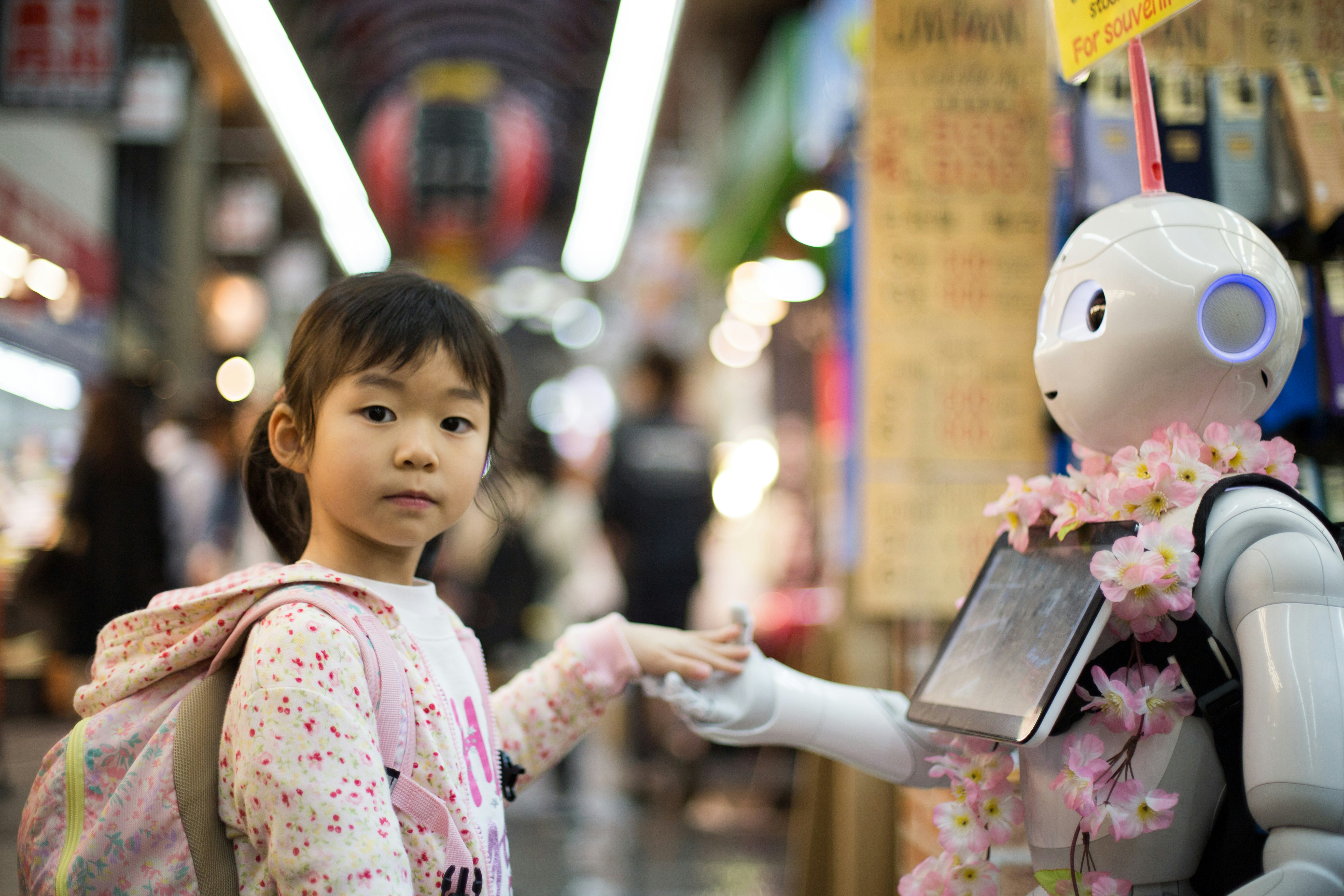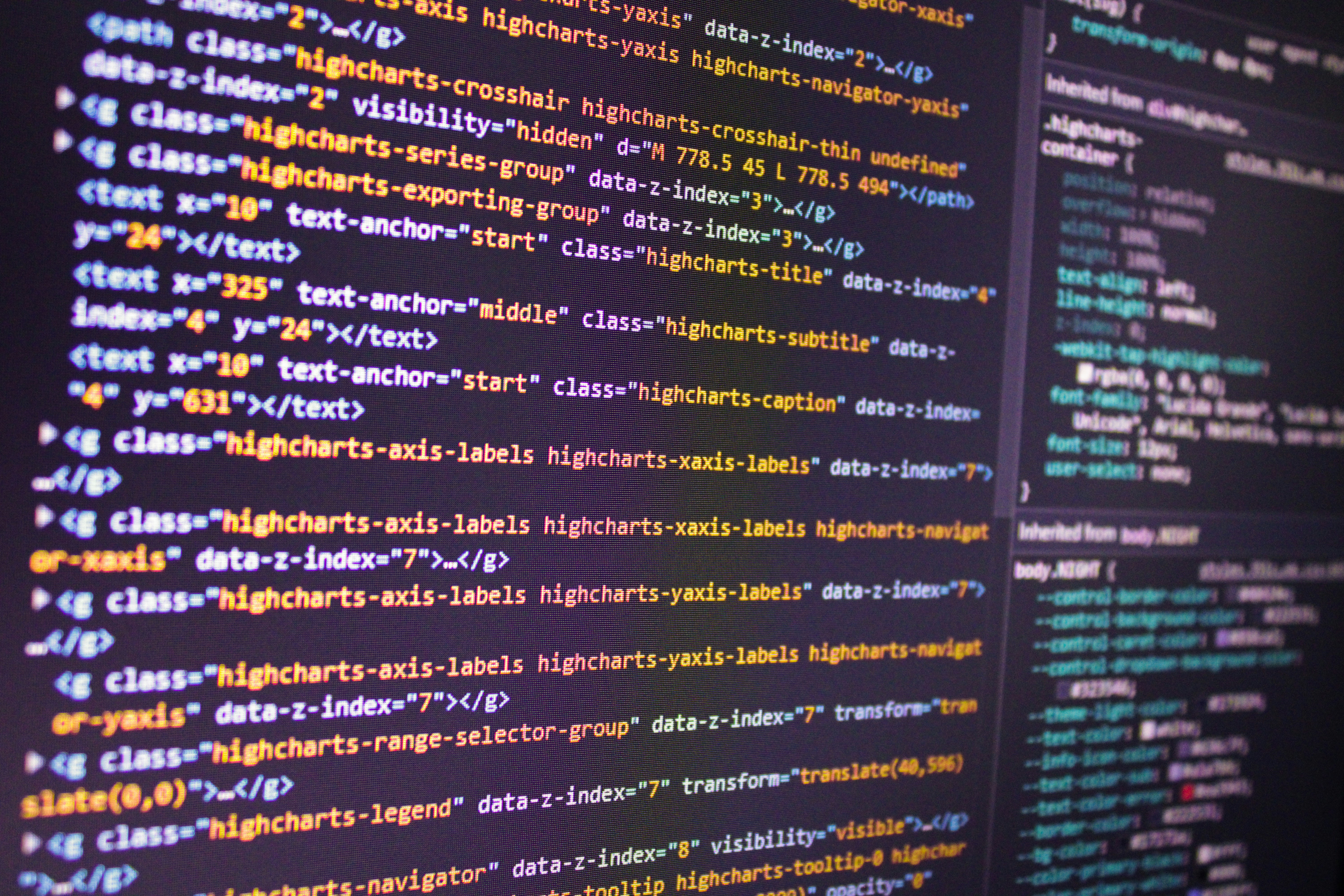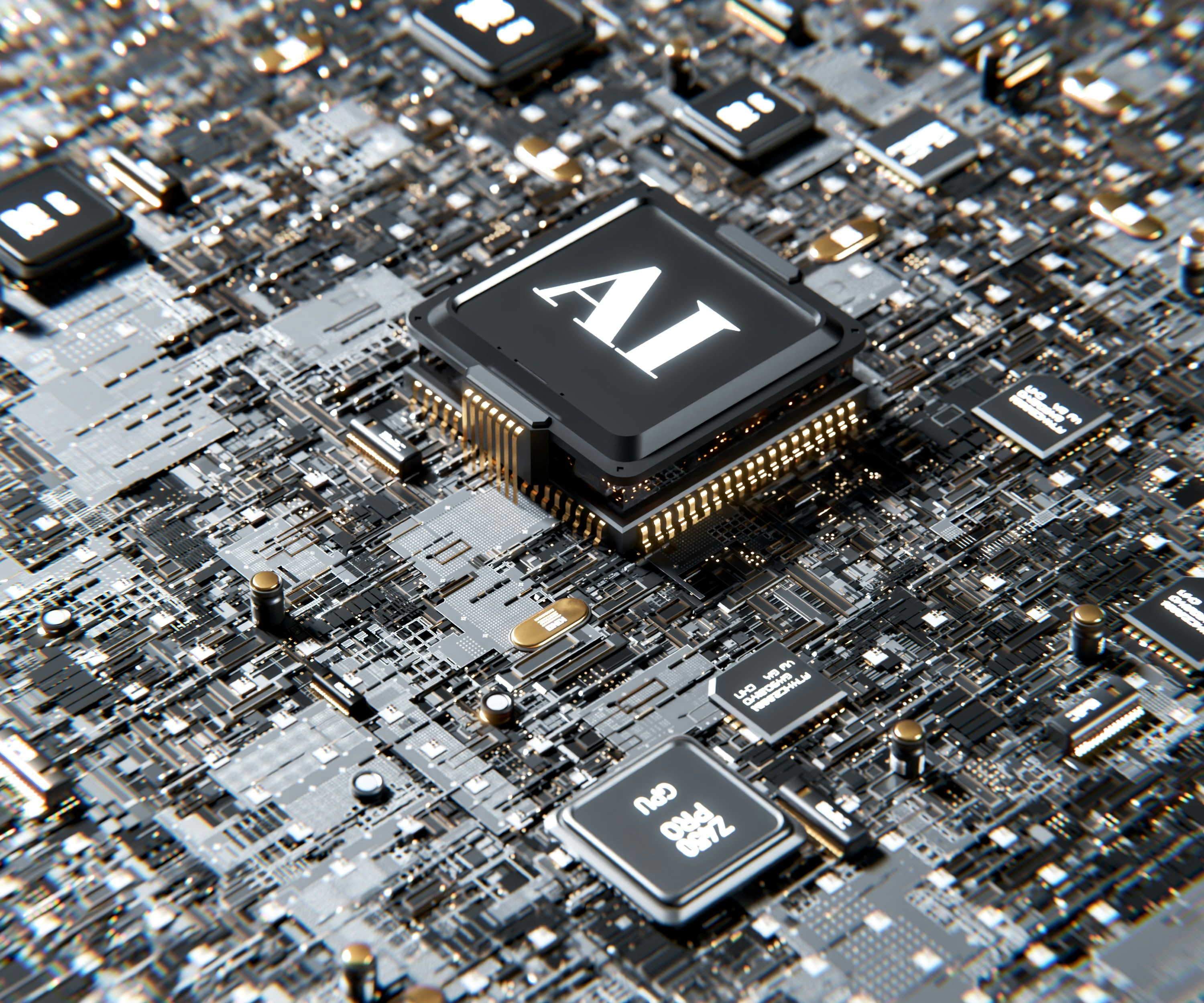Artificial intelligence (AI) is the ability of machines to perform tasks that normally require human intelligence, such as reasoning, learning, decision making, and creativity. AI can be classified into two main categories: narrow AI and general AI.
Narrow AI vs General AI
Narrow AI is the type of AI that is designed to perform a specific task or function, such as playing chess, recognizing faces, or translating languages. Narrow AI systems are often based on machine learning, which is the process of learning from data and improving with experience. Machine learning algorithms can be supervised, unsupervised, or reinforcement learning, depending on the type and amount of feedback they receive from the environment.
General AI is the type of AI that can perform any intellectual task that a human can do, such as understanding natural language, solving complex problems, or generating novel ideas. General AI is also known as artificial general intelligence (AGI) or strong AI. General AI is still a hypothetical concept, as no machine has yet achieved the level of intelligence and versatility of a human being.
History of AI
The term “artificial intelligence” was coined by John McCarthy in 1956, at a conference at Dartmouth College, where he invited researchers from various fields to discuss the possibility of creating machines that can think and act like humans. Some of the early achievements of AI include:
- The Logic Theorist, developed by Allen Newell, Herbert Simon, and Cliff Shaw in 1955, which was the first program to prove mathematical theorems using logic and heuristics.
- The Turing Test, proposed by Alan Turing in 1950, which is a method of evaluating the intelligence of a machine by comparing its responses to those of a human in a conversation.
- The Perceptron, invented by Frank Rosenblatt in 1957, which was the first neural network, a computational model inspired by the structure and function of the brain.
- The ELIZA program, created by Joseph Weizenbaum in 1966, which was the first chatbot, a program that can simulate a natural language conversation with a human.
- The SHRDLU program, developed by Terry Winograd in 1970, which was the first natural language understanding system, a program that can interpret and respond to commands in a restricted domain of blocks world.
Since then, AI has made significant progress and breakthroughs in various domains, such as computer vision, speech recognition, natural language processing, game playing, robotics, and more. Some of the recent milestones of AI include:
- The Deep Blue computer, developed by IBM, which defeated the world chess champion Garry Kasparov in 1997.
- The Watson computer, also developed by IBM, which won the Jeopardy! quiz show against human champions in 2011.
- The AlphaGo program, developed by Google DeepMind, which beat the world Go champion Lee Sedol in 2016, and the AlphaZero program, which surpassed all previous versions of AlphaGo and other chess and shogi programs in 2017.
- The GPT-3 model, developed by OpenAI, which is the largest and most powerful language model, capable of generating coherent and diverse texts on various topics and tasks in 2020.
How to Create AI
There is no definitive answer to how to create AI, as different types of AI require different methods and techniques. However, some of the common steps and tools involved in creating AI are:
- Define the problem and the goal: The first step is to identify the problem that needs to be solved and the goal that needs to be achieved by the AI system. For example, the problem could be to classify images of animals, and the goal could be to achieve a high accuracy and speed.
- Collect and preprocess the data: The second step is to collect and preprocess the data that is relevant and useful for the problem and the goal. For example, the data could be a large set of images of animals, and the preprocessing could include resizing, cropping, augmenting, and labeling the images.
- Choose and train the model: The third step is to choose and train the model that can learn from the data and perform the task or function. For example, the model could be a convolutional neural network, a type of machine learning model that can learn to recognize patterns and features in images, and the training could involve optimizing the parameters of the model using a loss function and a learning algorithm.
- Evaluate and improve the model: The fourth step is to evaluate and improve the model based on its performance and results. For example, the evaluation could involve measuring the accuracy, precision, recall, and other metrics of the model on a test set of images, and the improvement could involve fine-tuning, debugging, or adding new features to the model.
- Deploy and maintain the model: The final step is to deploy and maintain the model in the real world, where it can interact with users and the environment. For example, the deployment could involve integrating the model with a web or mobile application, and the maintenance could involve updating, monitoring, and troubleshooting the model.
Some of the tools and frameworks that can help in creating AI are:
- Python: Python is a popular and versatile programming language that has a rich set of libraries and packages for AI, such as NumPy, SciPy, Pandas, Scikit-learn, TensorFlow, PyTorch, Keras, and more.
- Jupyter Notebook: Jupyter Notebook is an interactive and web-based platform that allows users to write and execute code, visualize data, and share their work in a convenient and collaborative way.
- Google Colab: Google Colab is a cloud-based service that provides free access to GPUs and TPUs, which are powerful hardware devices that can accelerate the computation and training of AI models.
- GitHub: GitHub is a platform that enables users to host, manage, and share their code and projects online, using version control and collaboration features.
Future Scope of AI
AI has a huge potential and impact on the future of humanity and society, as it can transform and improve various aspects of life, such as education, health, entertainment, business, security, and more. Some of the possible and emerging applications and trends of AI are:
- Personalized and adaptive learning: AI can enable personalized and adaptive learning, where students can learn at their own pace and style, and teachers can provide customized and individualized feedback and guidance, using data analytics, natural language processing, and recommender systems.
- Smart and connected health: AI can enable smart and connected health, where patients can monitor and manage their health conditions, and doctors can diagnose and treat diseases, using wearable devices, sensors, computer vision, and natural language processing.
- Immersive and interactive entertainment: AI can enable immersive and interactive entertainment, where users can experience and create realistic and engaging content, such as games, movies, music, and art, using virtual reality, augmented reality, computer graphics, and natural language generation.
- Intelligent and autonomous systems: AI can enable intelligent and autonomous systems, where machines can perform complex and dangerous tasks, such as driving, flying, exploring, and manufacturing, using robotics, computer vision, and reinforcement learning.
- Ethical and social implications: AI also poses ethical and social implications, such as privacy, security, fairness, accountability, and human dignity, that need to be addressed and regulated, using ethical principles, legal frameworks, and social norms.
AI is an exciting and evolving field that has a lot to offer and discover. By understanding what AI is and how it works, we can appreciate its achievements and challenges, and harness its opportunities and benefits. 🙌
Connect me Linkedin =>





